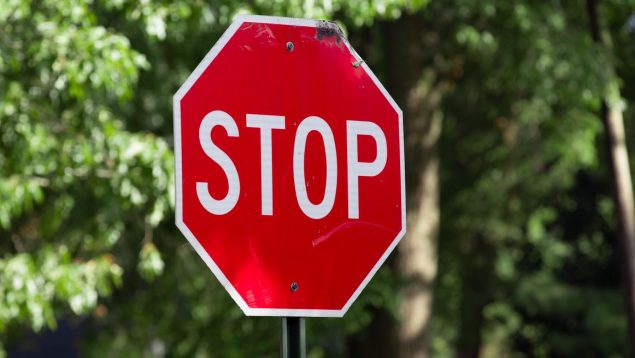With the aim of reducing the accident rate on Spanish roads and improving road safety, in recent years the General Directorate of Traffic (DGT) has implemented a multitude of both fixed and mobile radars. Now it has launched a new hidden weapon to hunt down drivers who do not obey the Stop sign.
According to data provided by the agency, 1,093 drivers involved in accidents with fatalities did not respected a Stop sign. This is one of the most common offenses on Spanish roads, behind speeding and using a mobile phone behind the wheel.
Article 151 of the General Traffic Regulations establishes that “the Stop sign is a requirement for all drivers to stop their vehicle in front of the next unbroken line or, if it does not exist, immediately before the intersection, and give way in to vehicles that are being driven on the road being approached.”
To identify drivers who commit this offence, the DGT has two camera systems currently in the testing phase. ‘Stop radars’ are cameras capable of checking if a vehicle has come to a complete stop before the signal.
At a Give Way sign it is not necessary to stop the vehicle completely, with stopping only mandatory when it is not possible to continue because there is another vehicle traveling on the other road.
According to the DGT, a camera monitors the arrival of vehicles in the signal area. They are calibrated to check if the vehicles completely stop. If this is not done, the camera takes a series of photographs and sends the information to the Automated Complaints Centre, where the disciplinary file is processed. The fine for ignoring a Stop sign is 200 euros.
The agency places special emphasis on the need to know where to stop at a stop sign: “You must stop the vehicle immediately before the stop line; and if this line does not exist, immediately before the intersection, not the sign. In the event that there is insufficient visibility at this point, for whatever reason, you must move the car forward a little and stop again at a point with visibility, taking care not to endanger any other vehicle.





